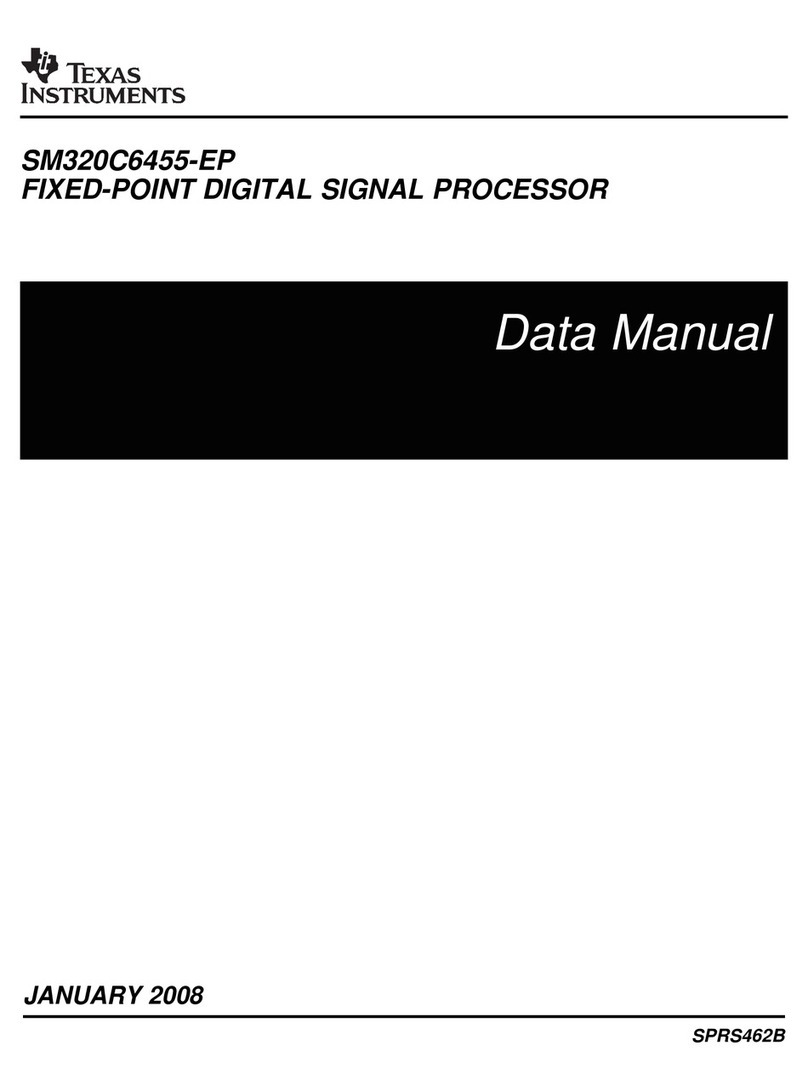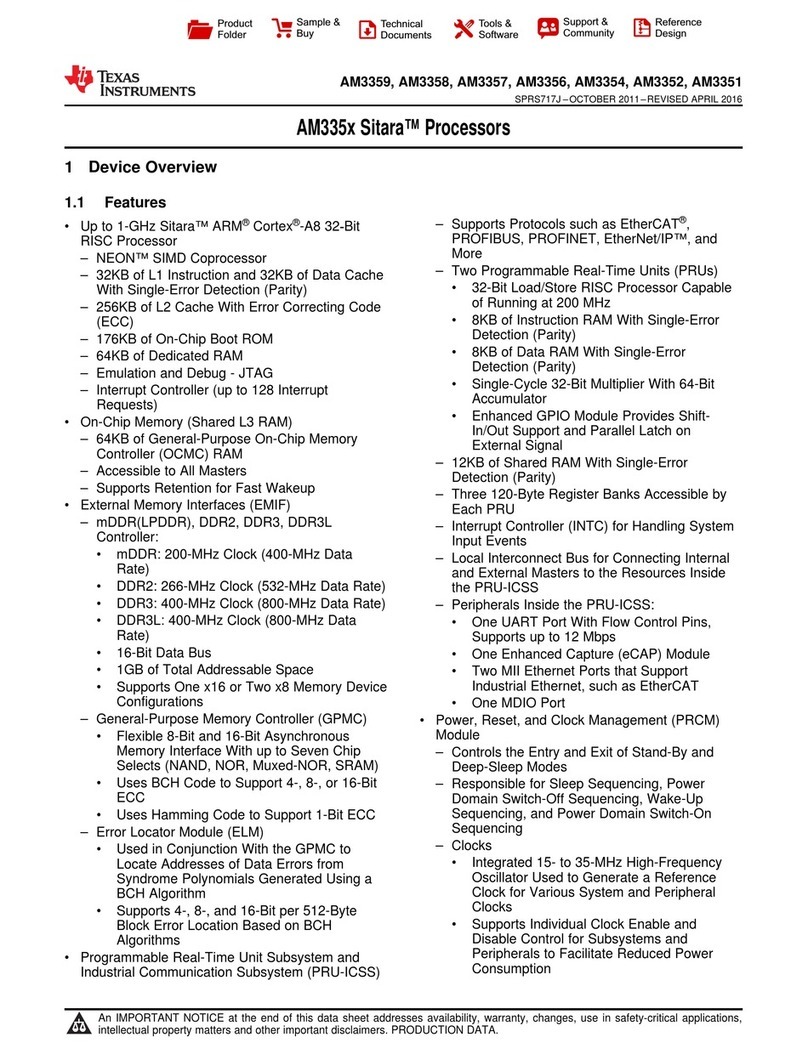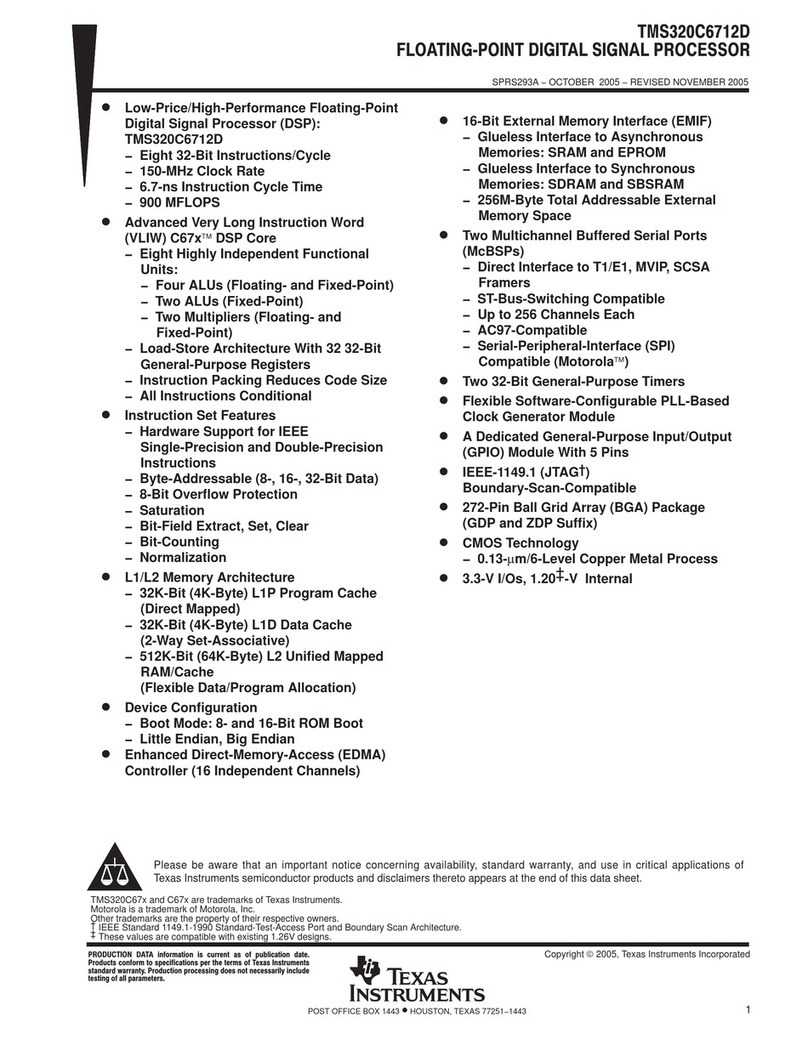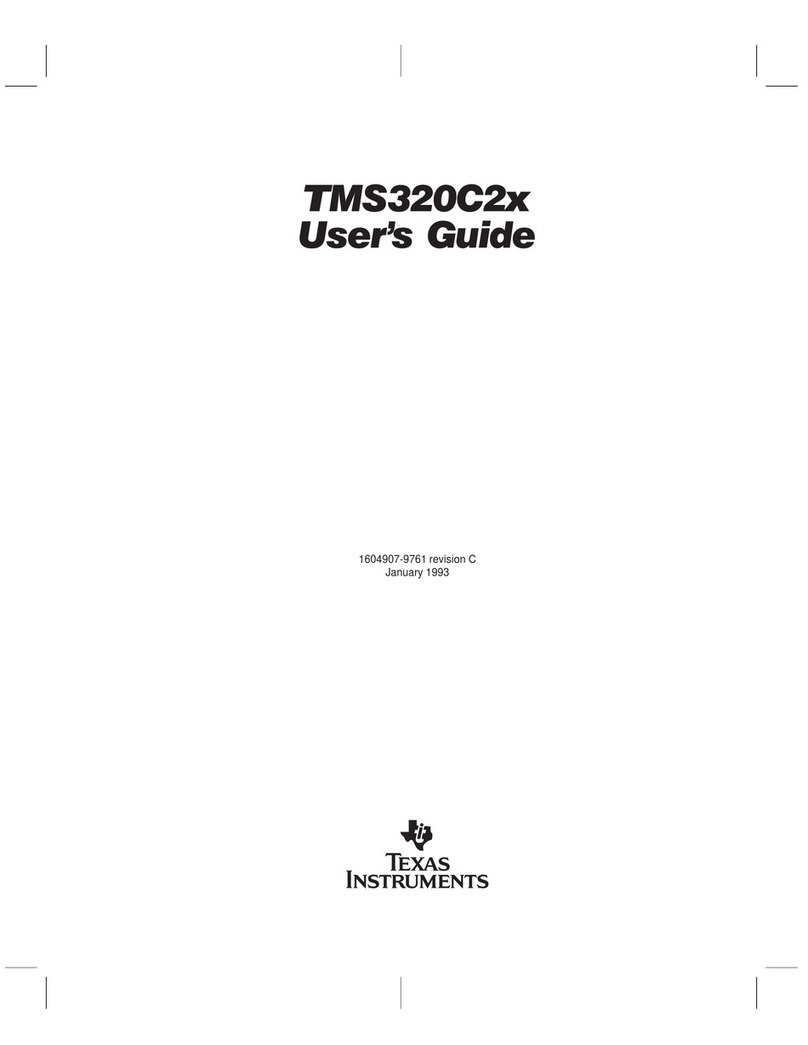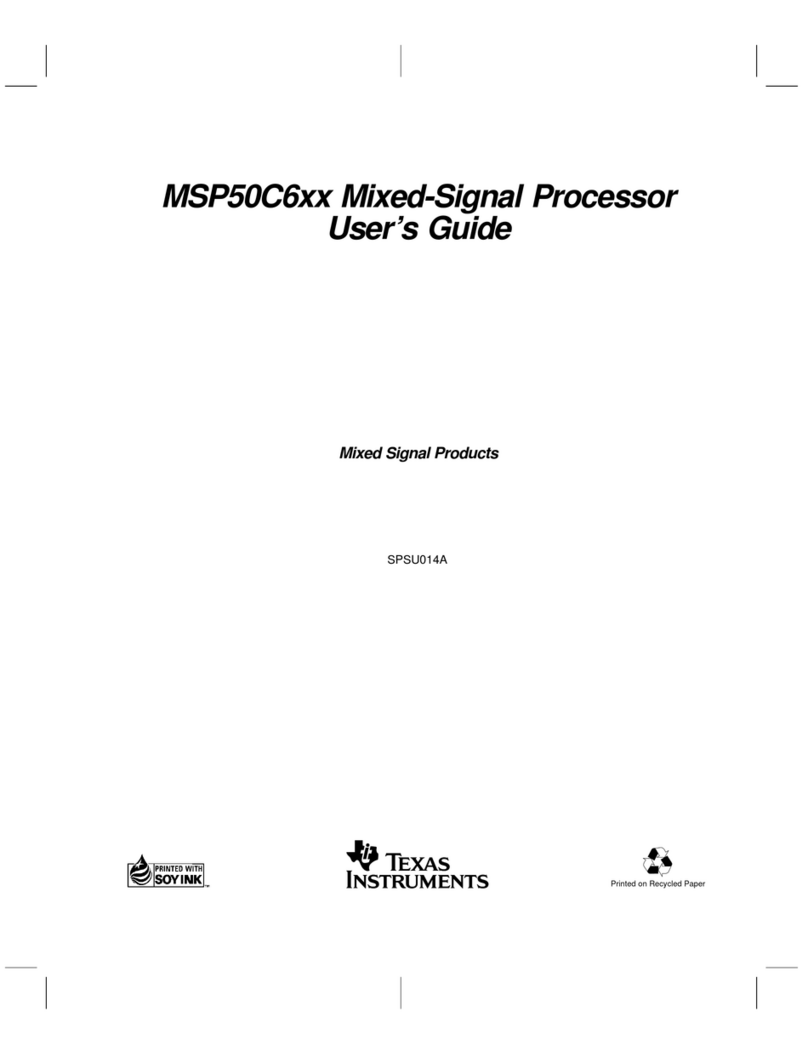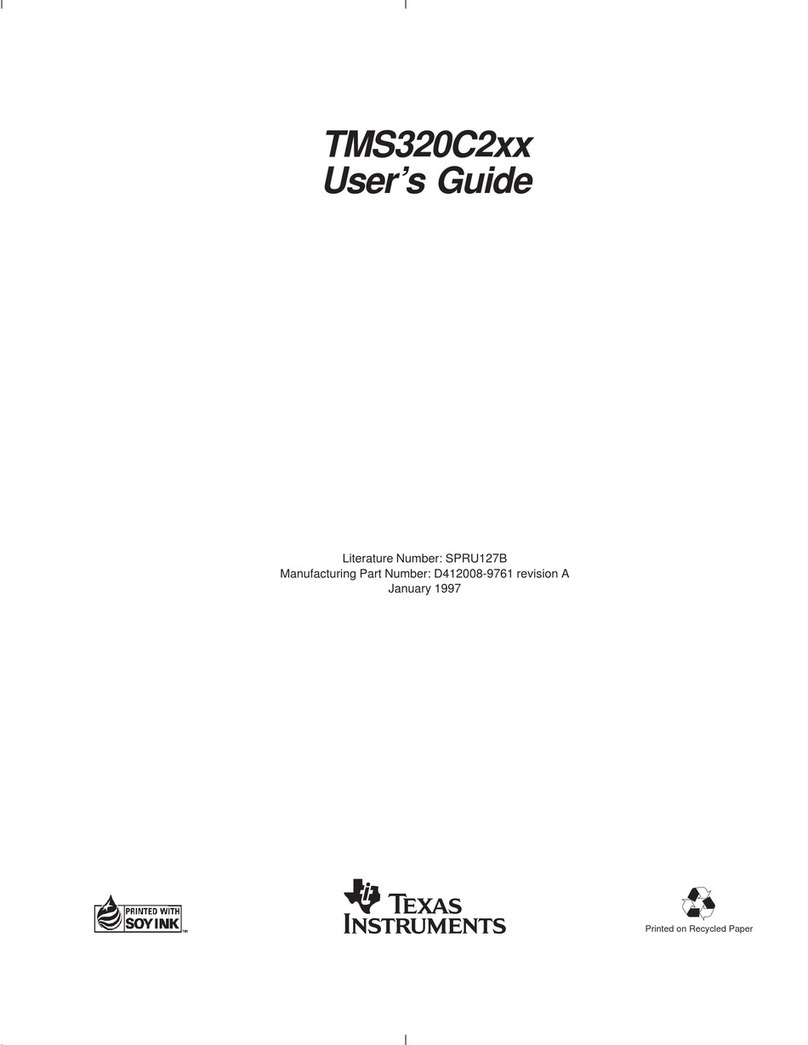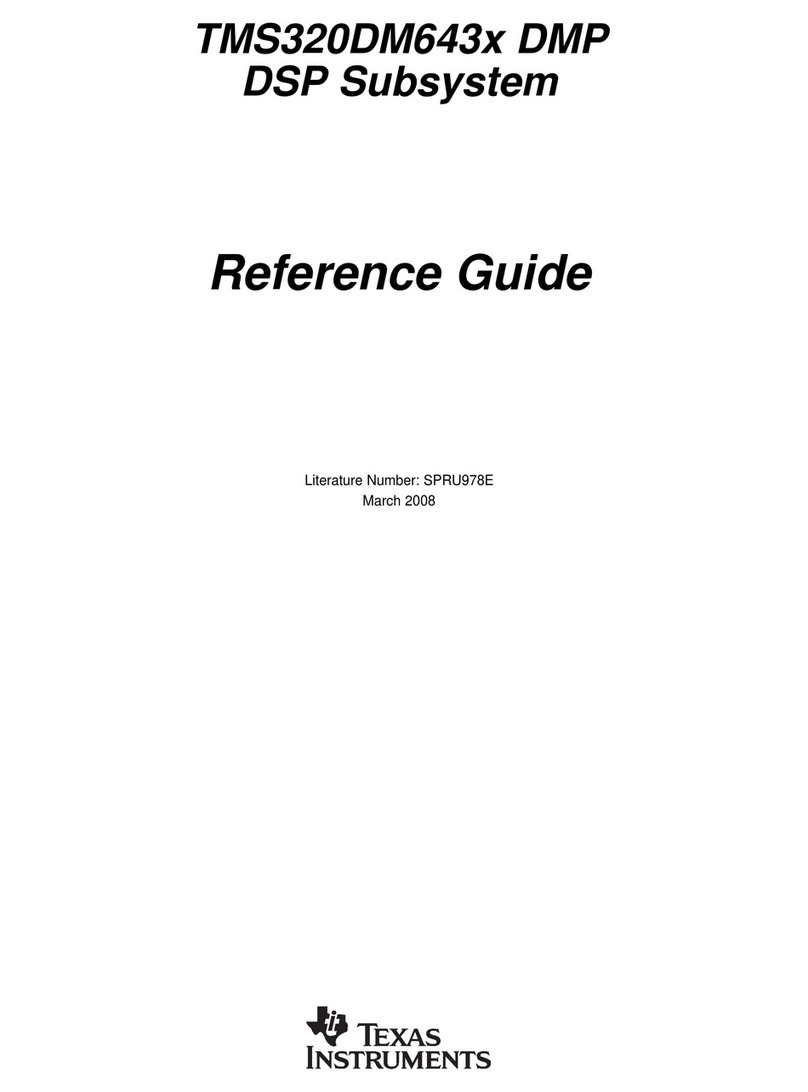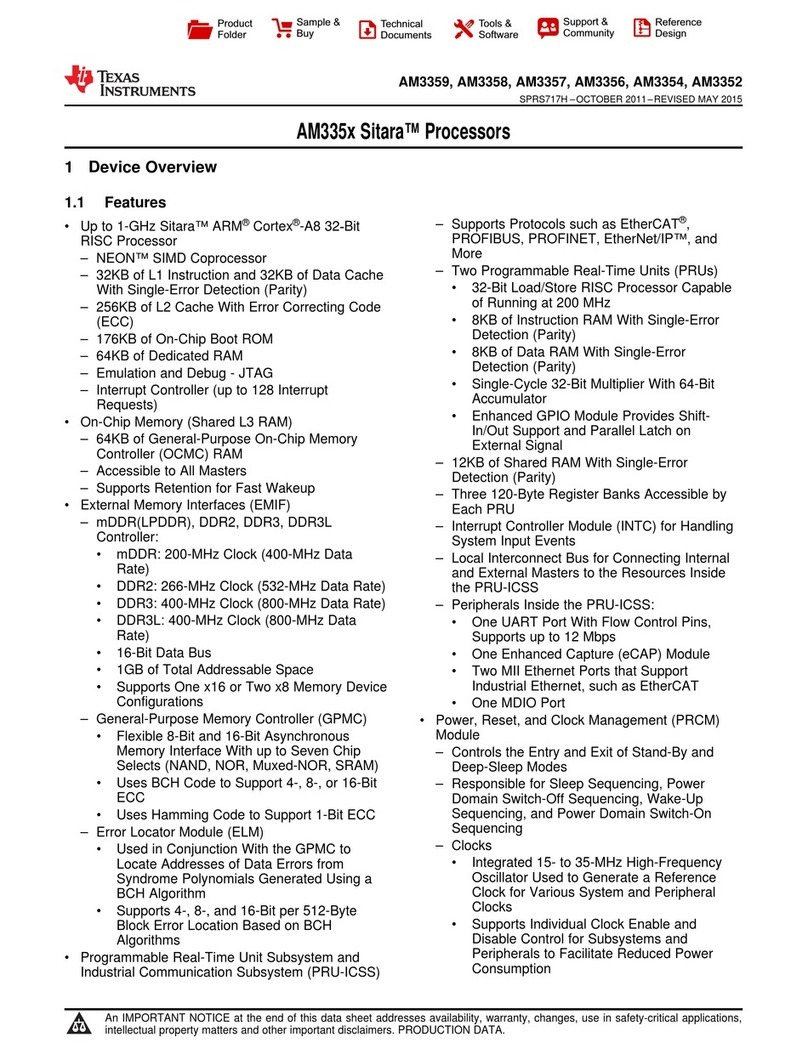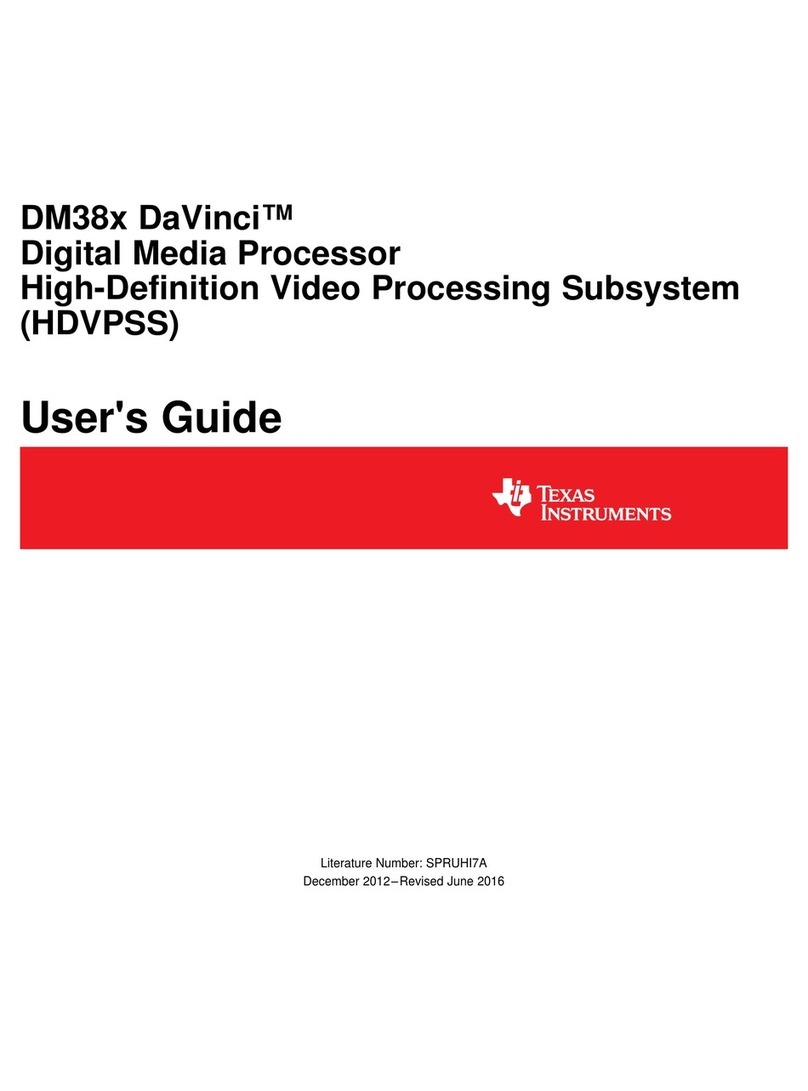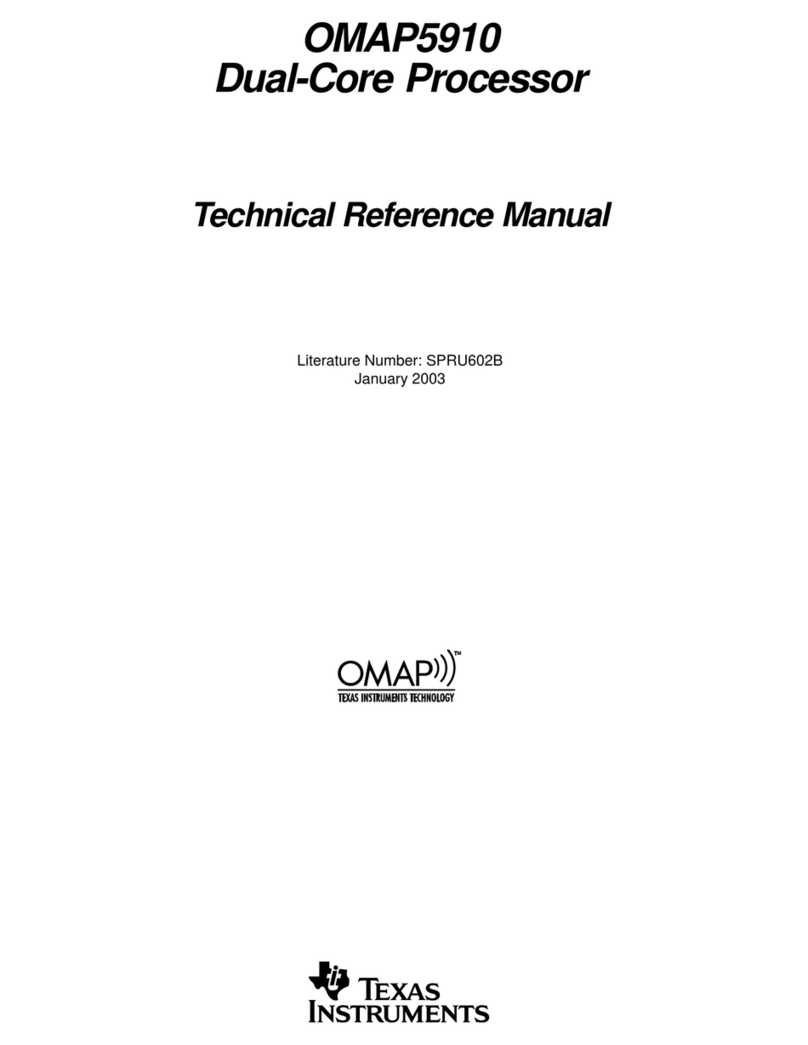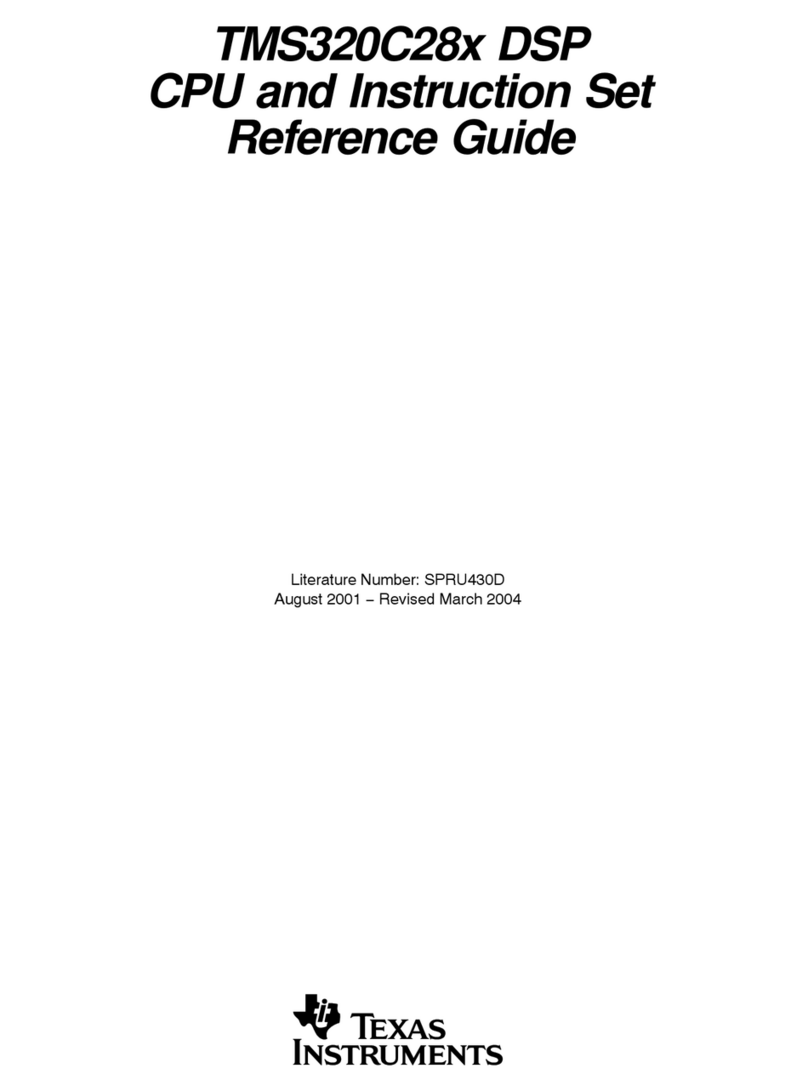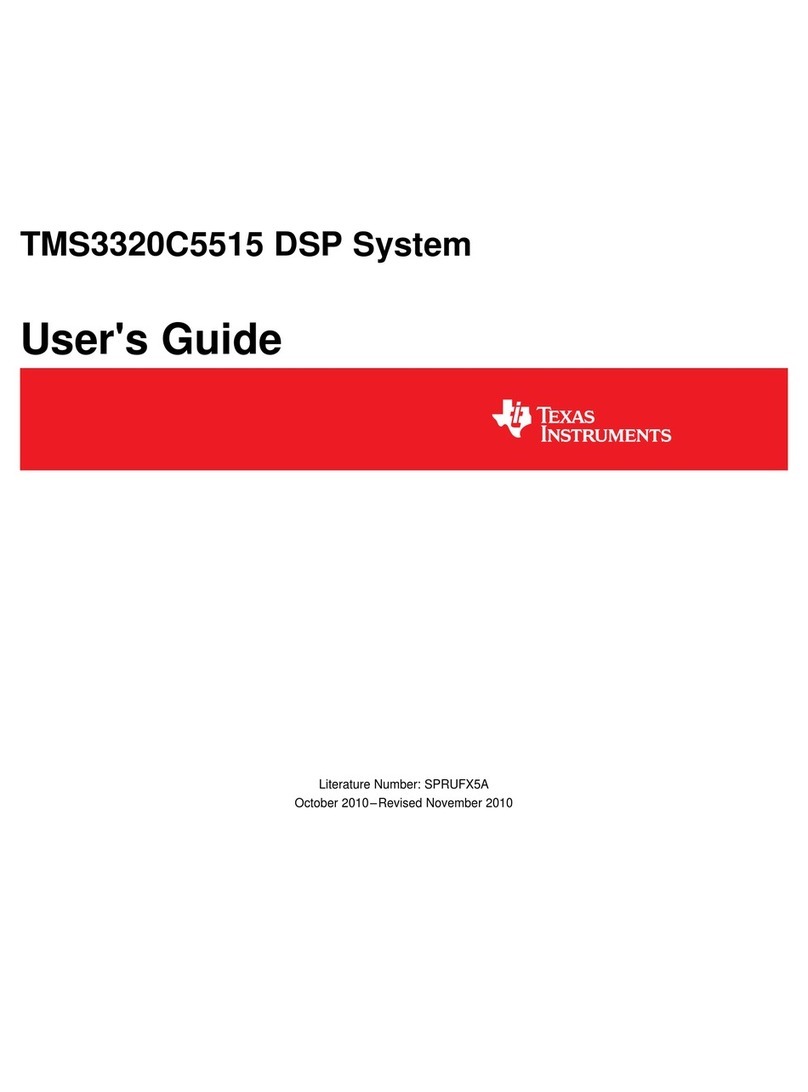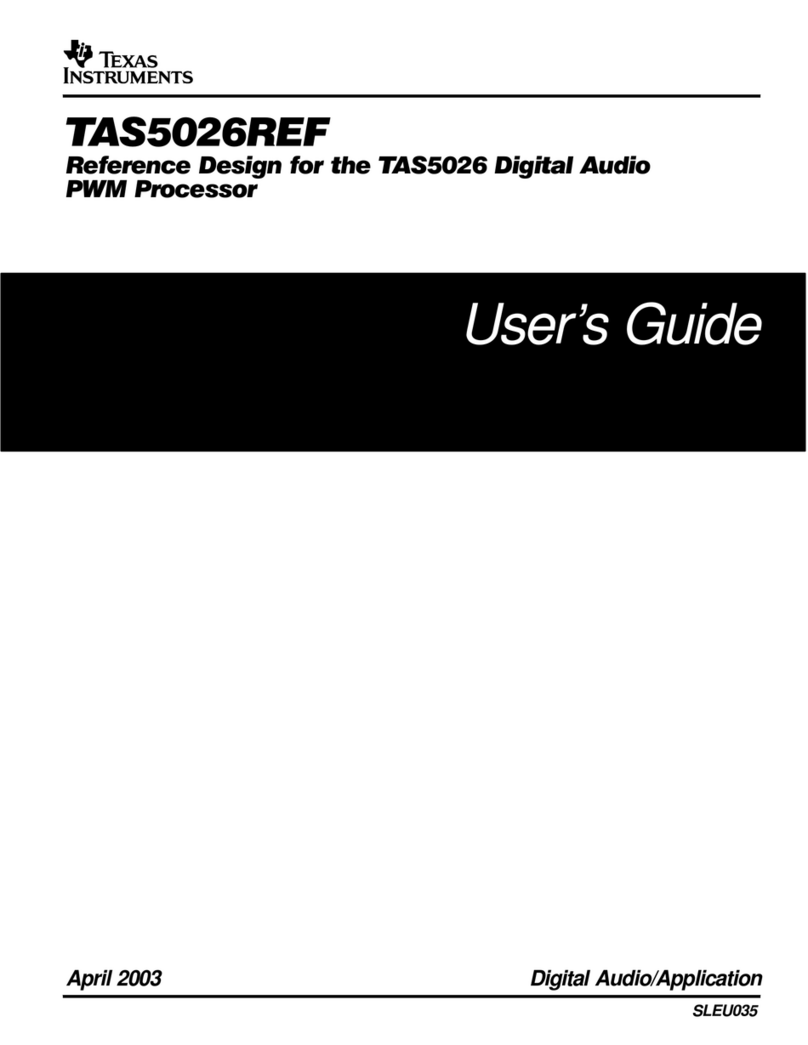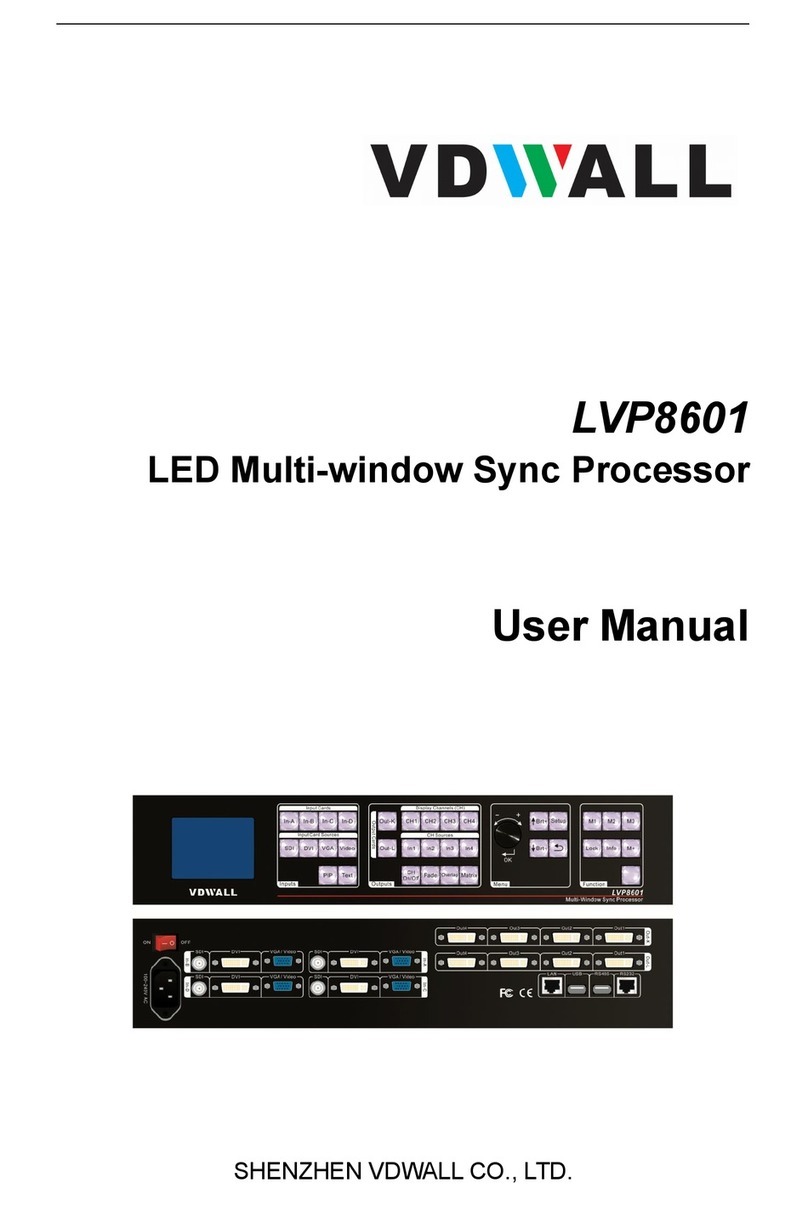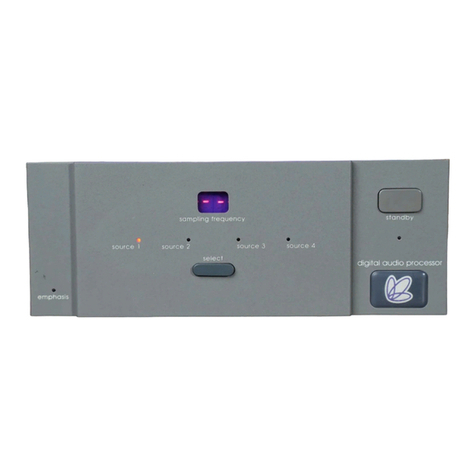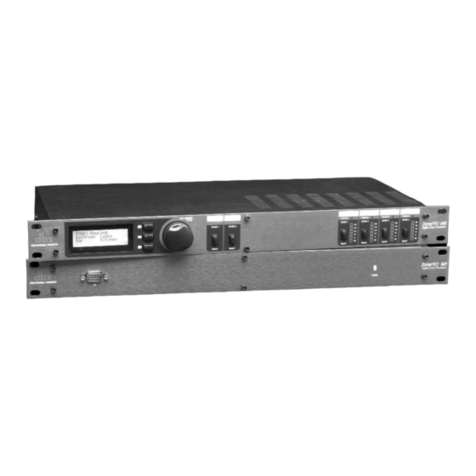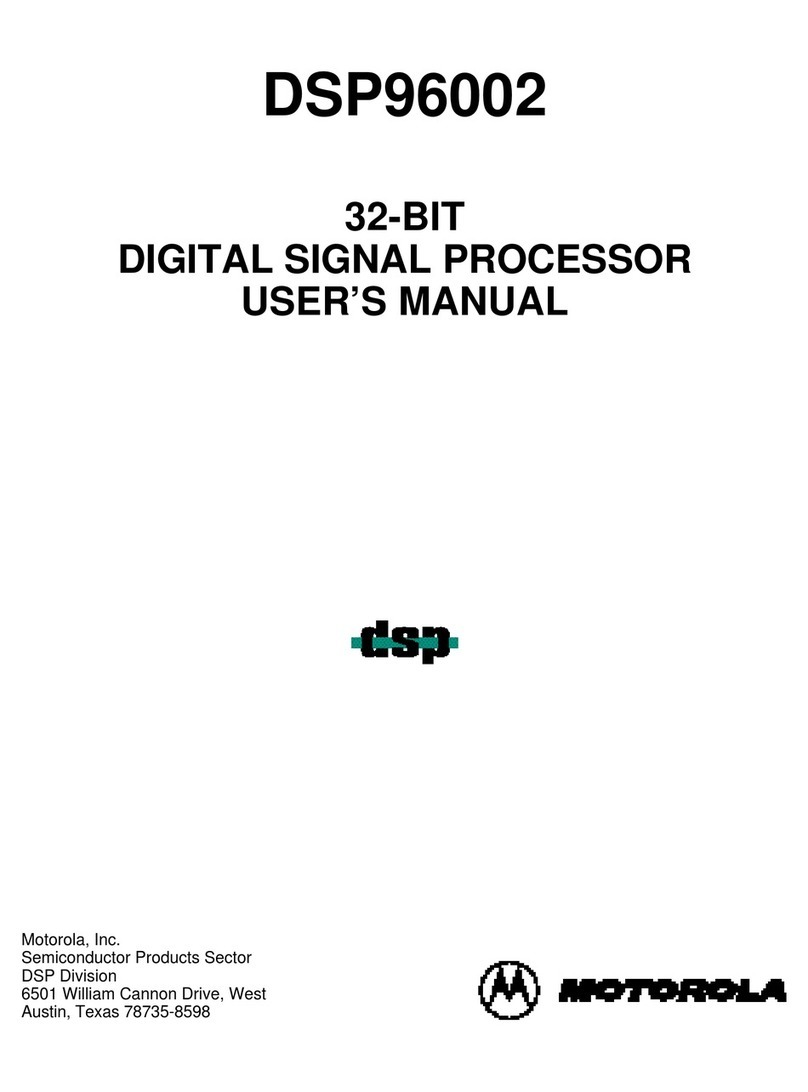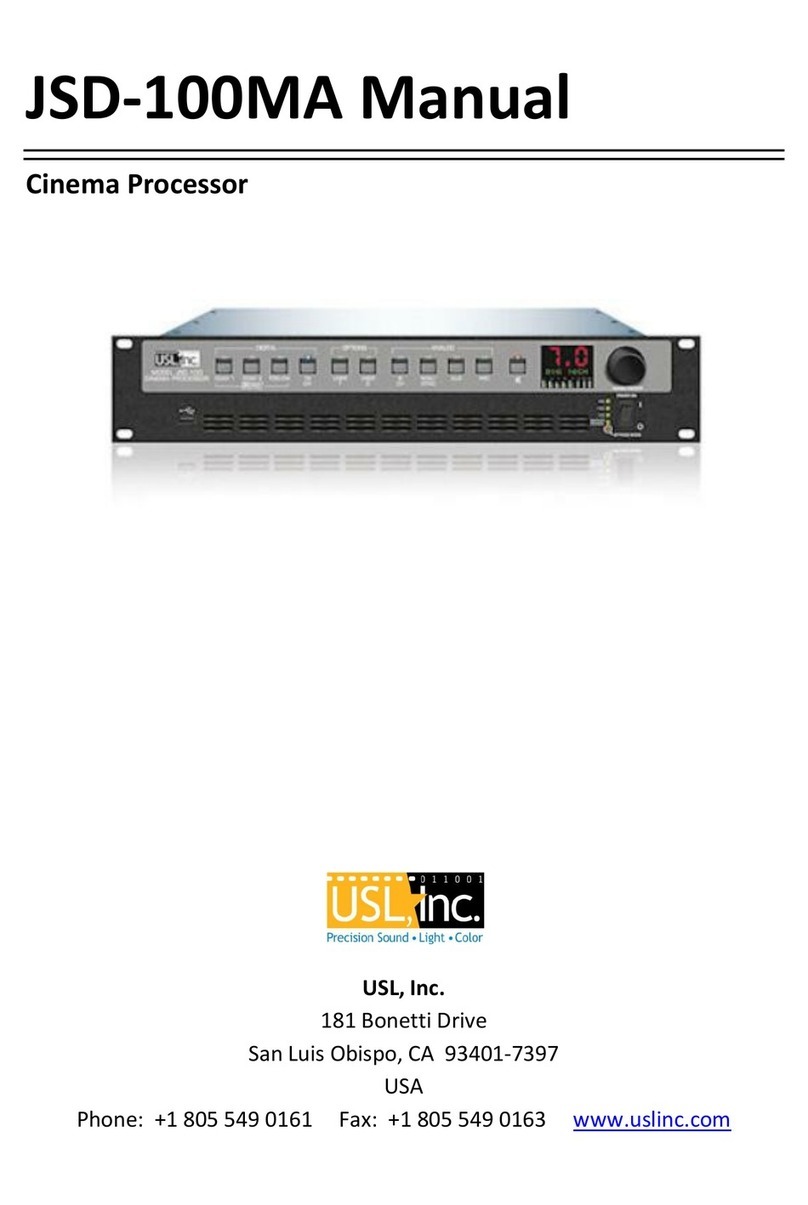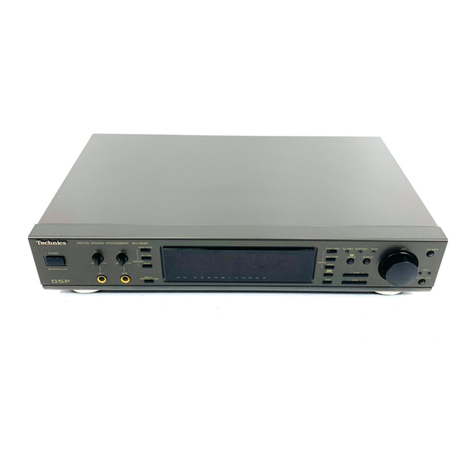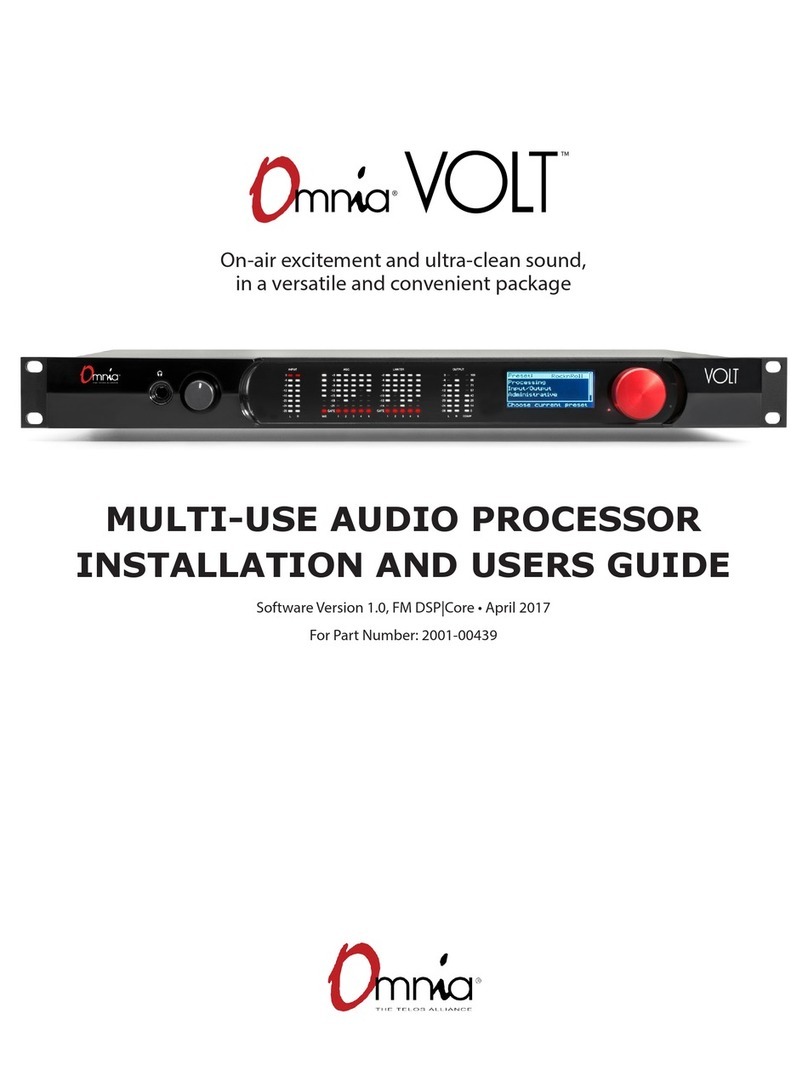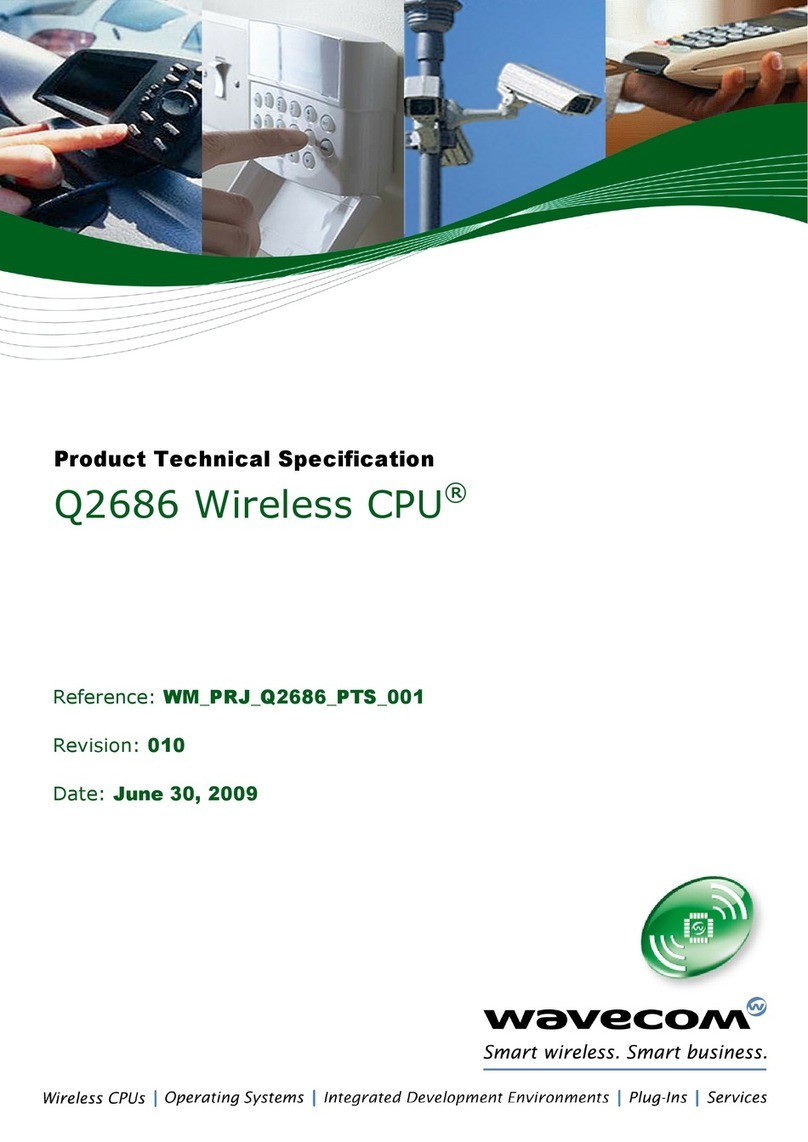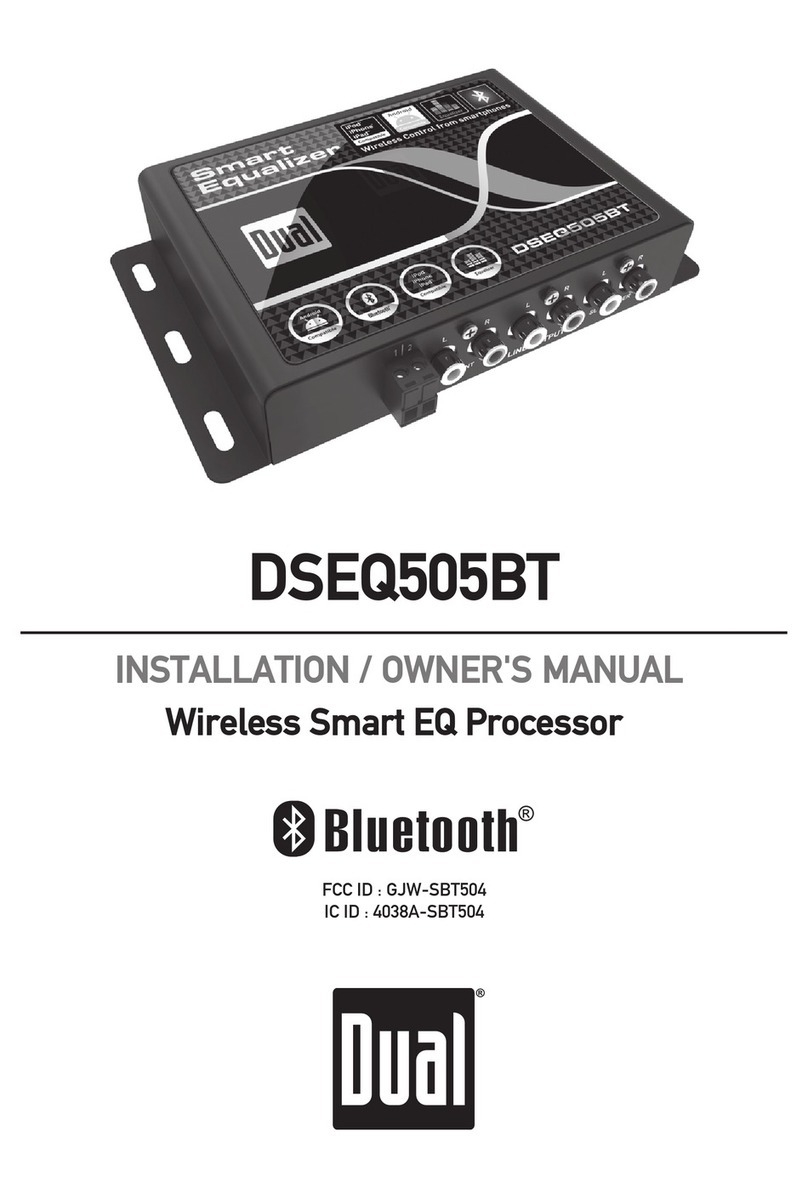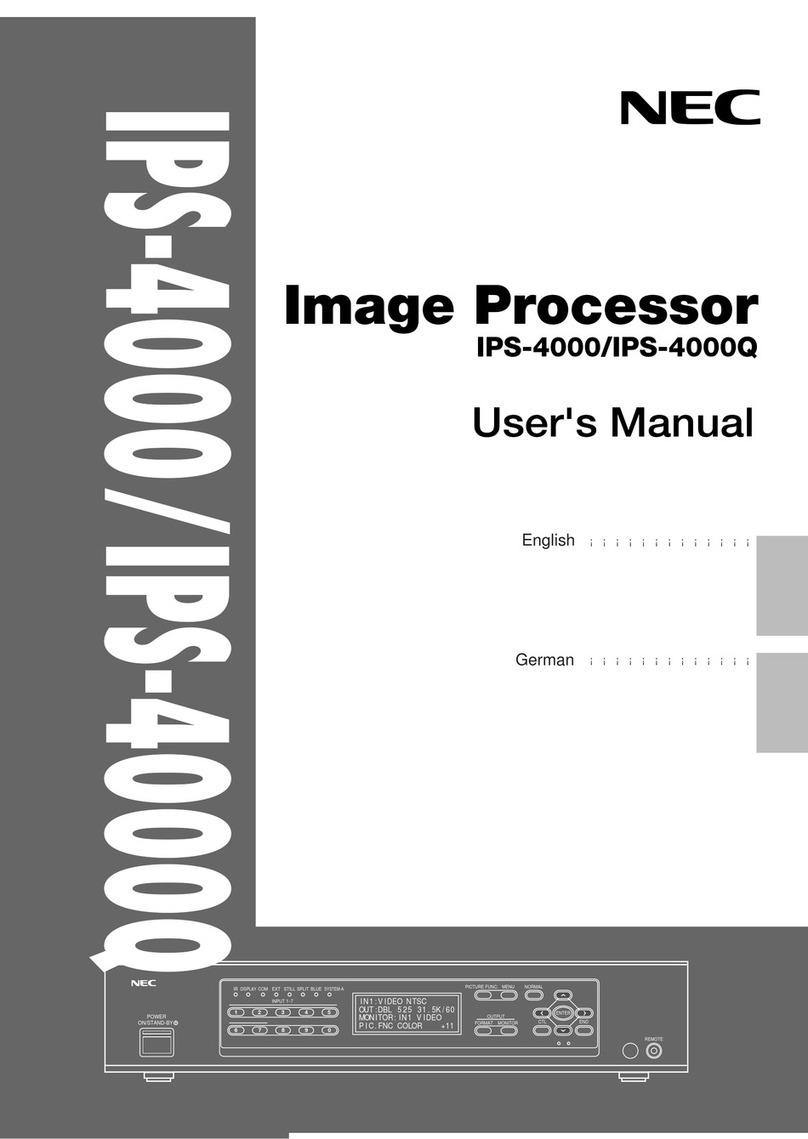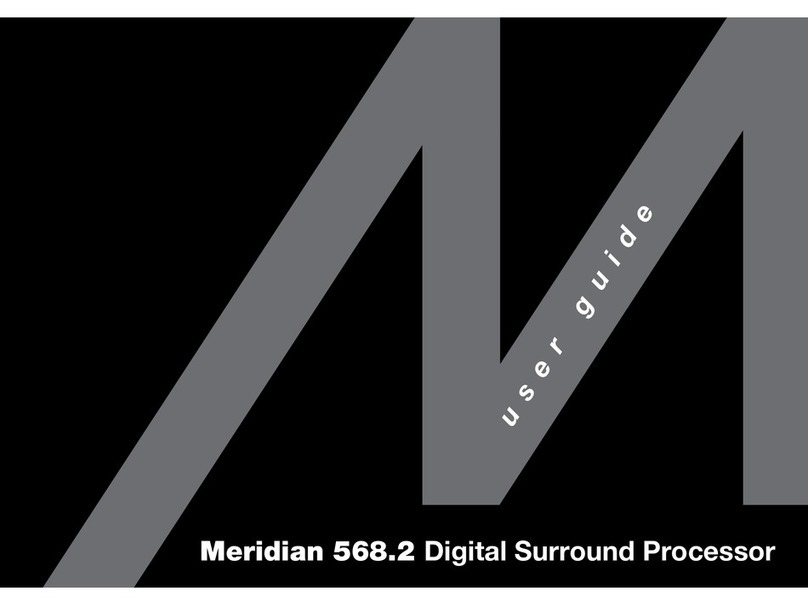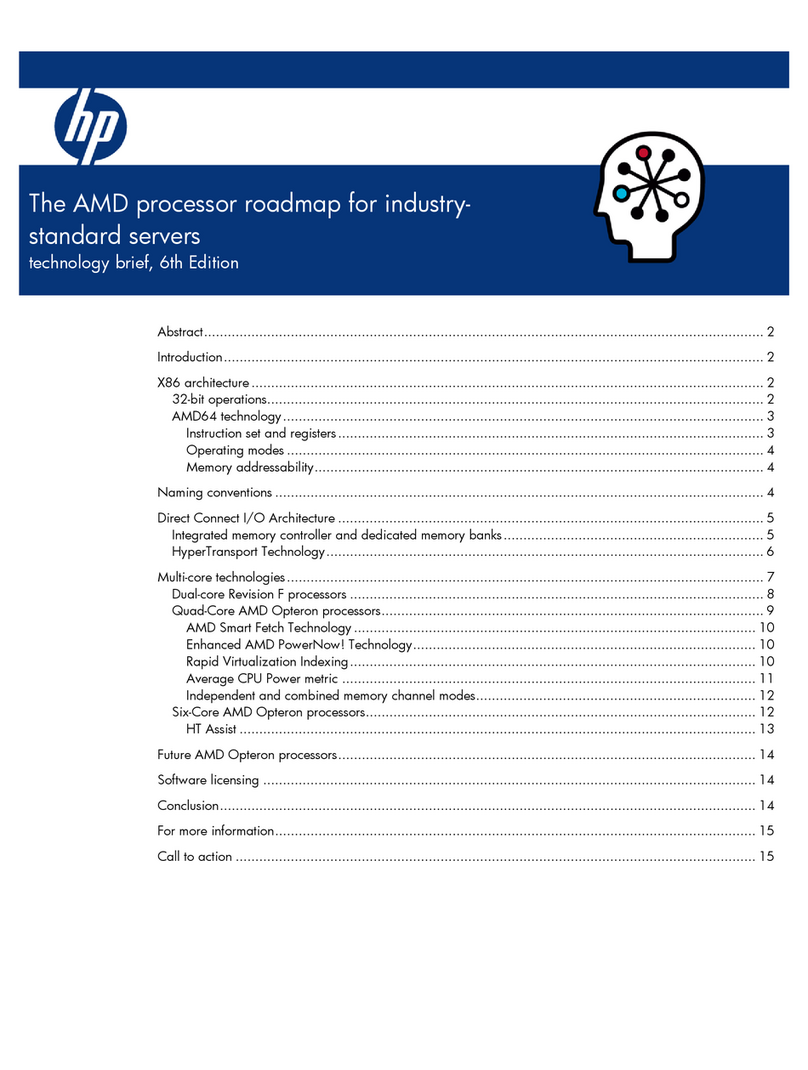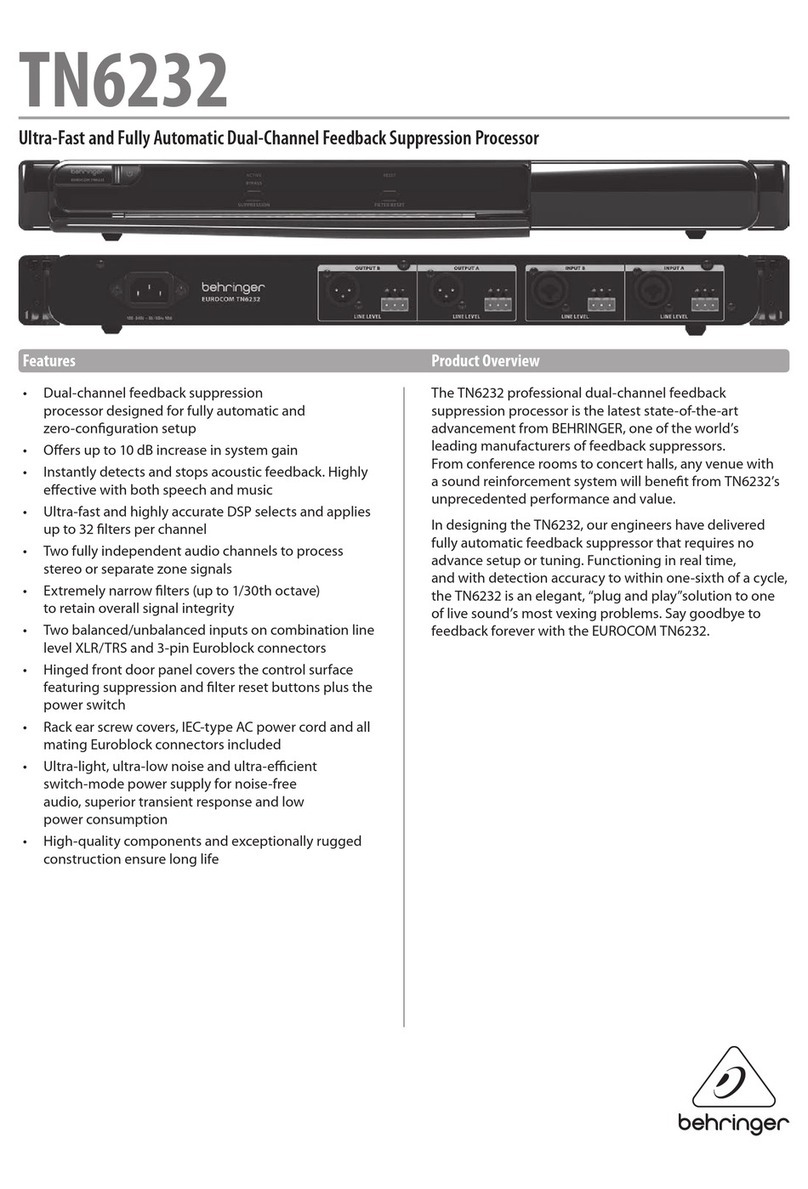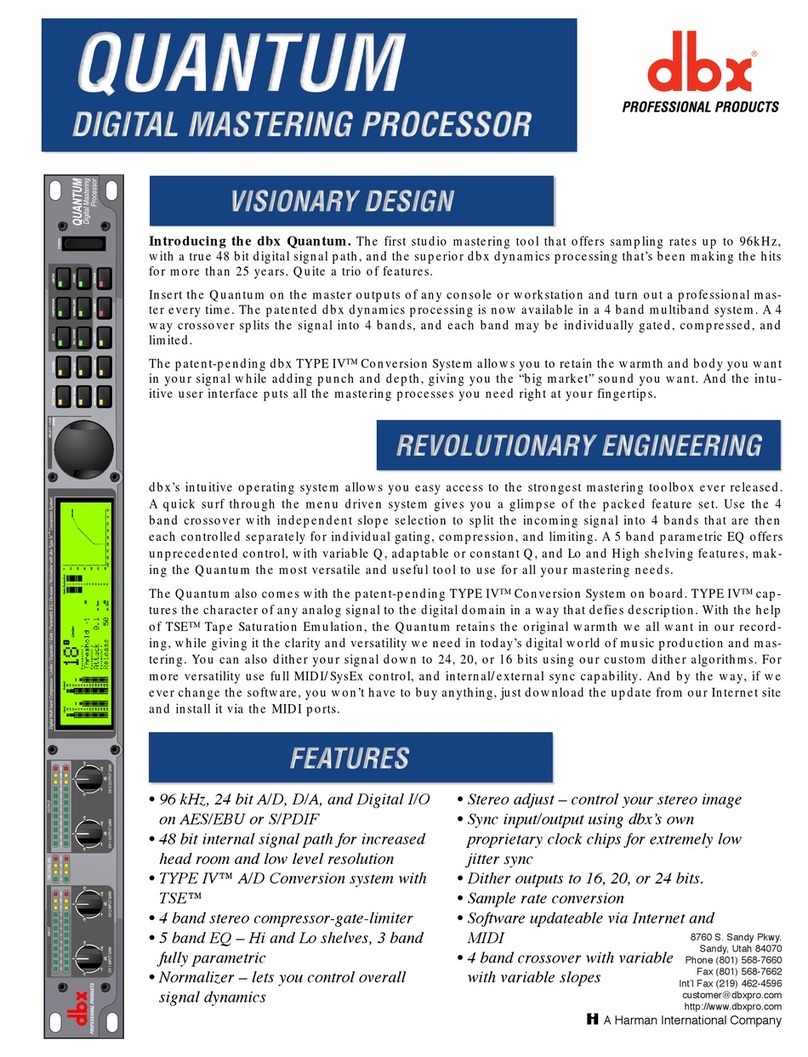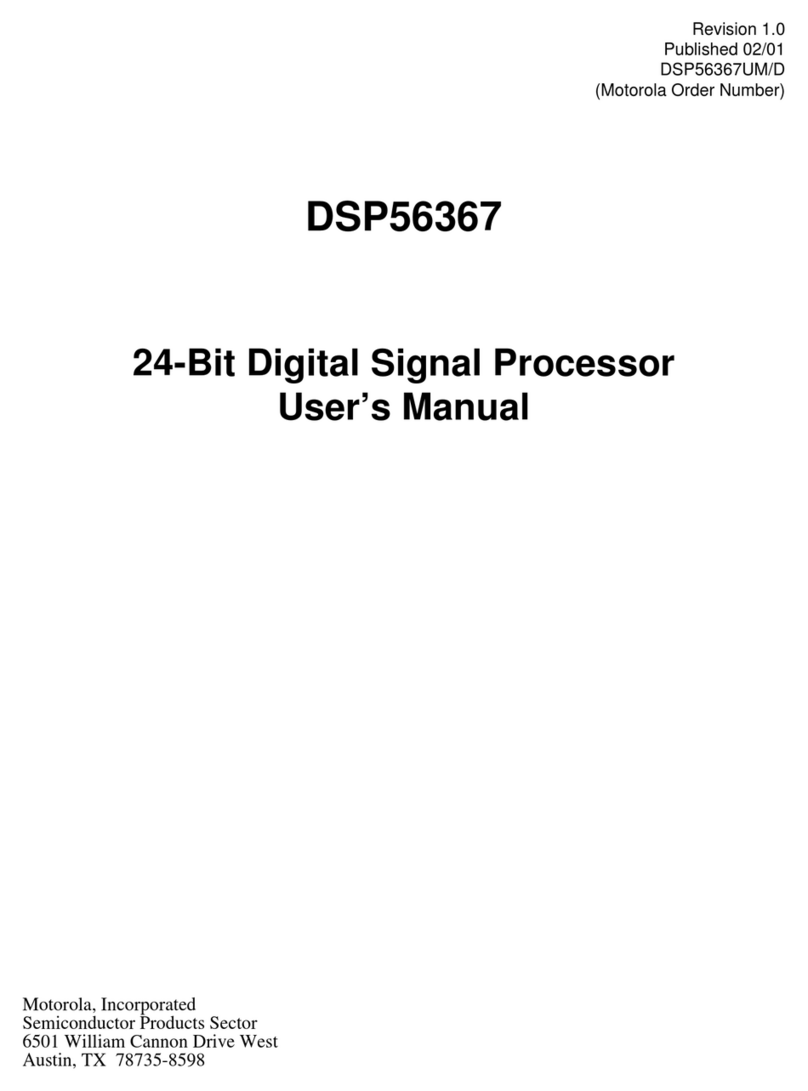
1 TMS320C6454 Fixed-Point Digital Signal Processor
1.1 Features
TMS320C6454Fixed-Point Digital Signal Processor
SPRS311A – APRIL 2006 – REVISED DECEMBER 2006
•32-Bit DDR2 Memory Controller (DDR2-533•High-Performance Fixed-Point DSP (C6454)
SDRAM)– 1.39-, 1.17-, and 1-ns Instruction Cycle Time
•EDMA3 Controller (64 Independent Channels)– 720-MHz, 850-MHz, and 1-GHz Clock Rate– Eight 32-Bit Instructions/Cycle
•32-/16-Bit Host-Port Interface (HPI)– 8000 MIPS/MMACS (16-Bits)
•32-Bit 33-/66-MHz, 3.3-V Peripheral Component– Commercial Temperature [0°C to 90°C]
Interconnect (PCI) Master/Slave InterfaceConforms to PCI Specification 2.3•TMS320C64x+™ DSP Core– Dedicated SPLOOP Instruction
•One Inter-Integrated Circuit (I
2
C) Bus– Compact Instructions (16-Bit)
•Two McBSPs– Instruction Set Enhancements
•10/100/1000 Mb/s Ethernet MAC (EMAC)– Exception Handling
– IEEE 802.3 Compliant•TMS320C64x+ Megamodule L1/L2 Memory
– Supports Multiple Media IndependentArchitecture:
Interfaces (MII, GMII, RMII, and RGMII)– 256K-Bit (32K-Byte) L1P Program Cache
– 8 Independent Transmit (TX) and[Direct Mapped]
8 Independent Receive (RX) Channels– 256K-Bit (32K-Byte) L1D Data Cache
•Two 64-Bit General-Purpose Timers,[2-Way Set-Associative]
Configurable as Four 32-Bit Timers– 8M-Bit (1048K-Byte) L2 Unified Mapped
•16 General-Purpose I/O (GPIO) PinsRAM/Cache [Flexible Allocation]
•System PLL and PLL Controller– 256K-Bit (32K-Byte) L2 ROM
•Secondary PLL and PLL Controller, Dedicated– Time Stamp Counter
to EMAC and DDR2 Memory Controller•Endianess: Little Endian, Big Endian
•IEEE-1149.1 (JTAG™)•64-Bit External Memory Interface (EMIFA)
Boundary-Scan-Compatible– Glueless Interface to Asynchronous
•697-Pin Ball Grid Array (BGA) PackageMemories (SRAM, Flash, and EEPROM) and
(ZTZ or GTZ Suffix), 0.8-mm Ball PitchSynchronous Memories (SBSRAM and ZBTSRAM)
•0.09- µm/7-Level Cu Metal Process (CMOS)– Supports Interface to Standard Sync
•3.3-/1.8-/1.5-V I/Os, 1.25-/1.2-V InternalDevices and Custom Logic (FPGA, CPLD,
•Pin-Compatible with the TMS320C6455ASICs, etc.)
Fixed-Point Digital Signal Processor– 32M-Byte Total Addressable ExternalMemory Space
Please be aware that an important notice concerning availability, standard warranty, and use in critical applications of TexasInstruments semiconductor products and disclaimers thereto appears at the end of this document.All trademarks are the property of their respective owners.
PRODUCT PREVIEW information concerns products in the
Copyright © 2006–2006, Texas Instruments Incorporatedformative or design phase of development. Characteristic data andother specifications are design goals. Texas Instruments reservesthe right to change or discontinue these products without notice.
